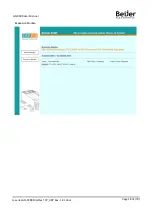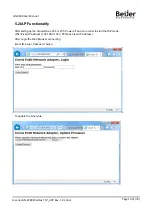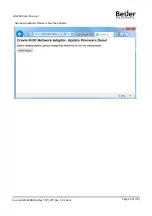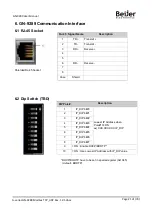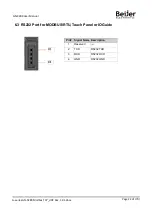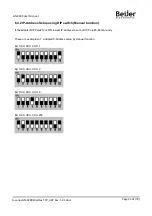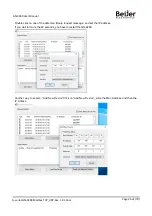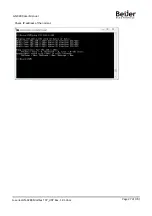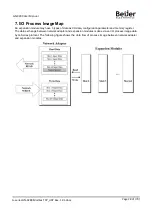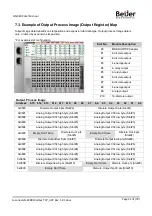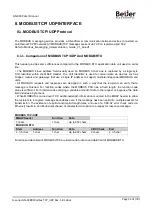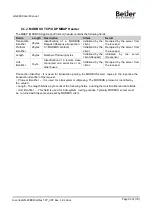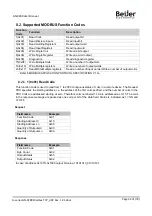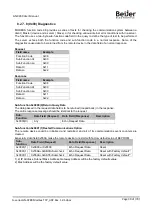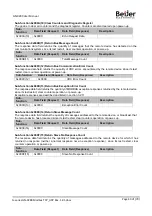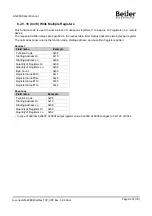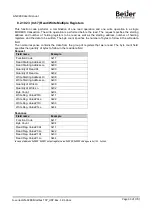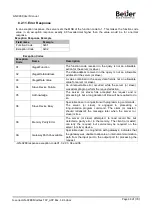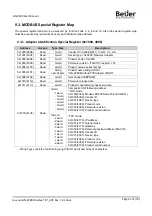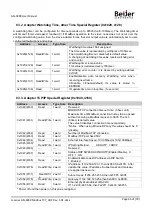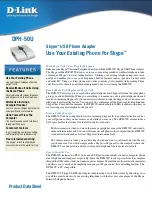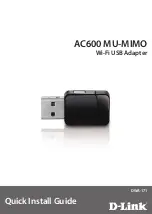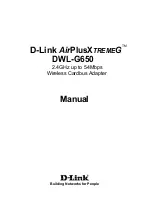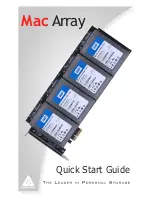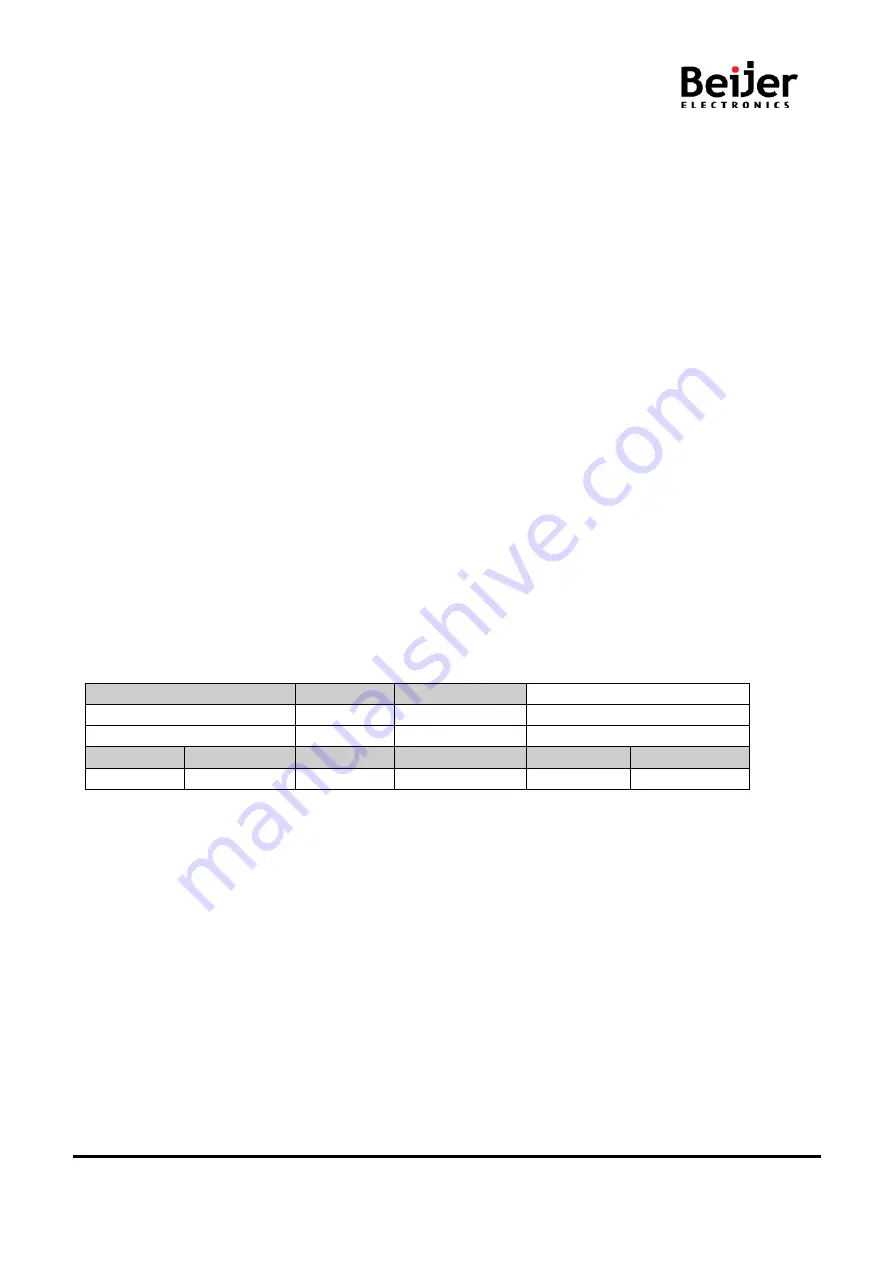
GN-9289 User Manual
Page 32 of (70)
G-series GN-9289 Modbus TCP_UDP Rev. 1.01.docx
8. MODBUS TCP/ UDP INTERFACE
8.1.
MODBUS TCP/ UDP Protocol
The MODBUS messaging service provides a Client/Server communication between devices connected on
an Ethernet TCP/IP network. All MODBUS/TCP messages are sent via TCP on registered port 502.
Refer to Modbus_Messaging_Implementation_Guide_V1_0a.pdf.
8.1.1.
Comparison of MODBUS TCP/ UDP And MODUB/RTU
This header provides some differences compared to the MODBUS RTU application data unit used on serial
line:
• The MODBUS ‘slave address’ field usually used on MODBUS Serial Line is replaced by a single byte
‘Unit Identifier’ within the MBAP Header. The ‘Unit Identifier’ is used to communicate via devices such as
bridges, routers and gateways that use a single IP address to support multiple independent MODBUS end
units.
• All MODBUS requests and responses are designed in such a way that the recipient can verify that a
message is finished. For function codes where the MODBUS PDU has a fixed length, the function code
alone is sufficient. For function codes carrying a variable amount of data in the request or response, the data
field includes a byte count.
• When MODBUS is carried over TCP, additional length information is carried in the MBAP header to allow
the recipient to recognize message boundaries even if the message has been split into multiple packets for
transmission. The existence of explicit and implicit length rules, and use of a CRC-32 error check code (on
Ethernet) results in an infinitesimal chance of undetected corruption to a request or response message.
MODBUS TCP/ UDP
MBAP Header
Function
Data
7 chars
1 char
Up to 252 chars
MODBUS/ RTU
Start
Address
Function
Data
CRC Check
End
≥ 3.5 char
1 char
1 char
Up to 252 chars
2 chars
≥ 3.5 char
Function and data field of MODBUS/TCP are identical to function and data field of MODBUS/RTU.

